Polysulfide host VO2-V2C for high-performance lithium-sulfur batteries
QQ Academic Group: 1092348845
Detailed

【Research Background】
In recent years, with the diversification of portable electronic devices and the popularity of electric vehicles, the shortcomings of traditional commercial lithium-ion batteries have low energy density and poor cycle performance. The pursuit of high energy density and long life battery systems has gradually become a hot spot in the field of battery energy research. In particular, lithium-ion batteries, due to their extremely high theoretical specific capacity, energy density, and environmental friendliness, are considered to be the best alternatives to lithium-ion batteries in the near future.
[Achievement Profile]
Recently, Professor Yu Ke‘s research group of the Key Laboratory of Polarized Materials and Devices of the Ministry of Education of East China Normal University published a topic on the internationally renowned journal ACS. Appl. Mater. Interface: VO2 (p) ‑V2C (MXene) Grid Structure as A Lithium Polysulfide Catalytic Host for High-Performance Li-S Battery research paper. This study synthesized VO2 nanorods grown on V2C to synthesize polysulfide into insoluble Li2S and Li2S2 to effectively inhibit shuttle effect.
At present, people are widely working to improve the cycle stability and reversibility of lithium-sulfur batteries. However, there are still some unresolved challenges and difficulties in suppressing the shuttle effect and improving the conductivity and structural stability of the sulfur cathode. Here, a three-dimensional (3D) grid heterostructure VO2 (p) nanorod cluster growing on the surface of two-dimensional V2C (MXene) nanoflakes is reported as a high-performance catalytic host for sulfur cathodes. First-principles calculations show that VO2 (p) nanorods can work synergistically with V2C to enhance the host‘s ability to adsorb lithium polysulfide and reduce the redox reaction barriers during the conversion of polysulfide to short-chain sulfide. In addition, the high specific surface area and structural stability of the matrix material can increase the redox reaction kinetics and cycle reversibility of the electrode. VO2 (p) -V2C / S cathode has excellent electrochemical performance and good reversible discharge capacity (1250 mAh · g−1 at 0.2C) and long-term cycle stability (69.1% after 500 cycles at 2C) , High sulfur load cycle capacity. It provides a valuable reference for the design of high sulfur and high performance cathode structures.
[Picture and text guide]
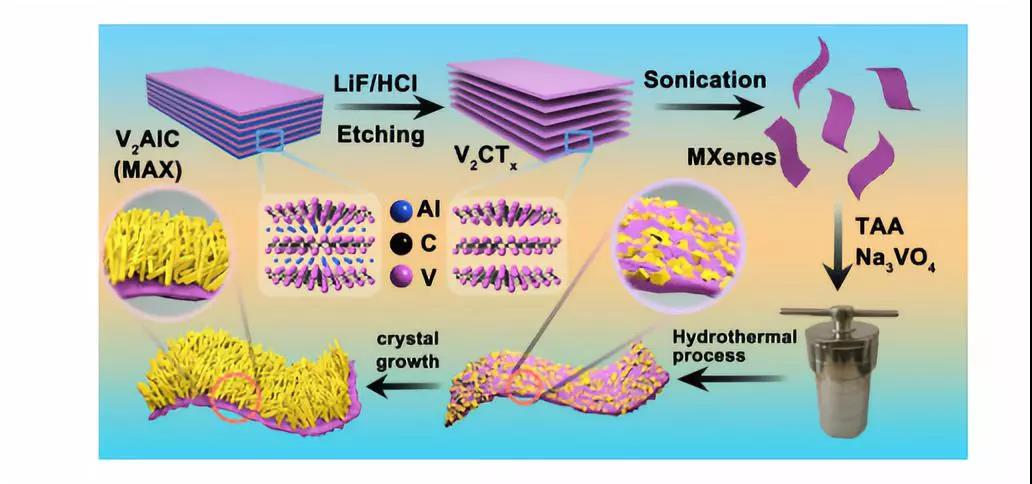
Figure 1. VO2 (p) ‑V2C synthesis flowchart.
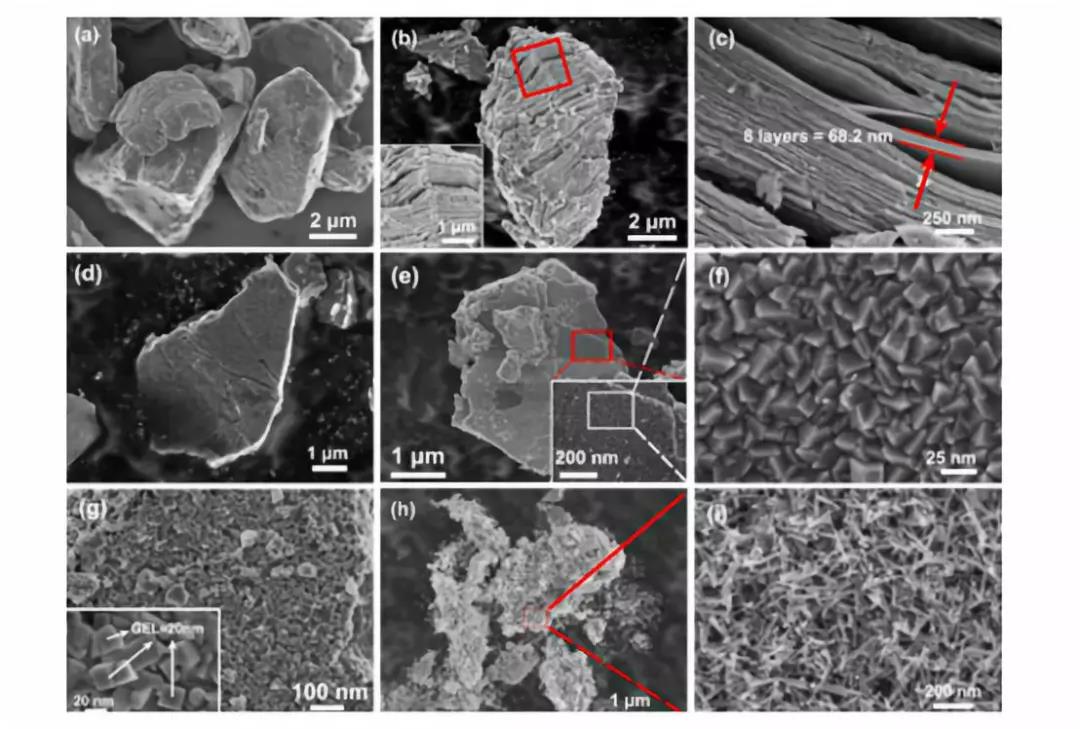
Figure 2. SEM characterization of VO2 (p) ‑V2C synthesis. a) V2AlC b) Multi-layer V2C c) V2C after TMAOH treatment d) Ultrasonic peeled V2C sheet Hydrothermal reaction at different times e-f) 3 h, (g) 8 h, (h, i) 24 h
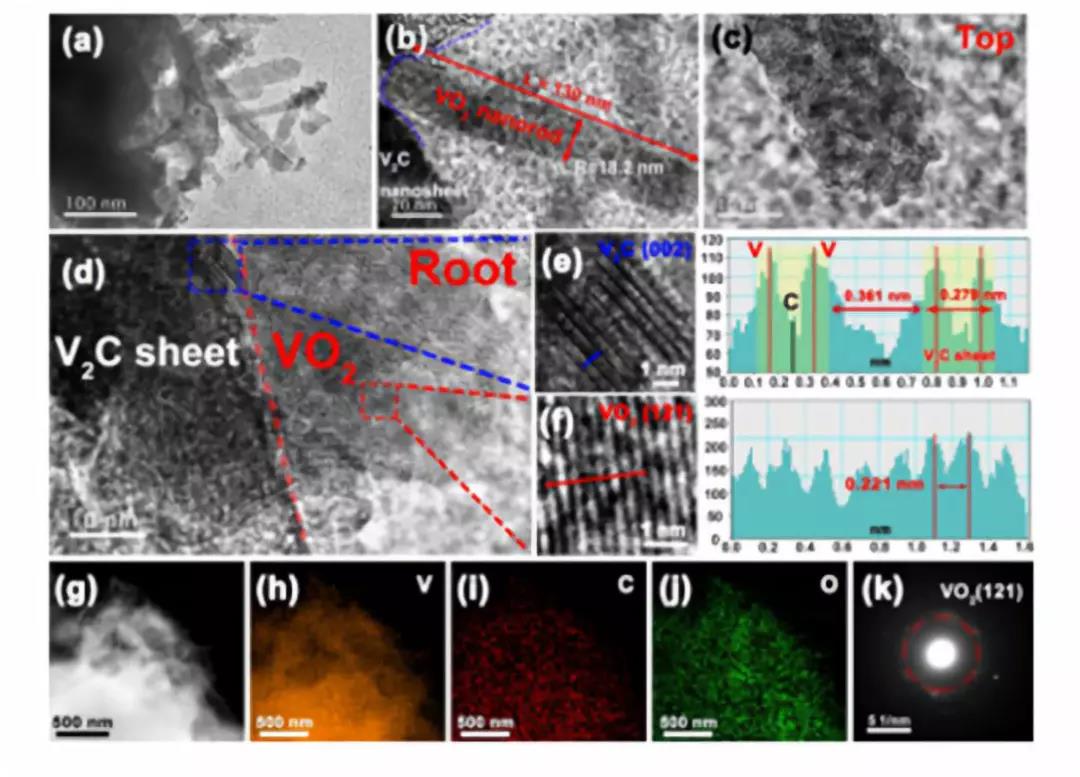
Figure 3. TEM high resolution and element distribution
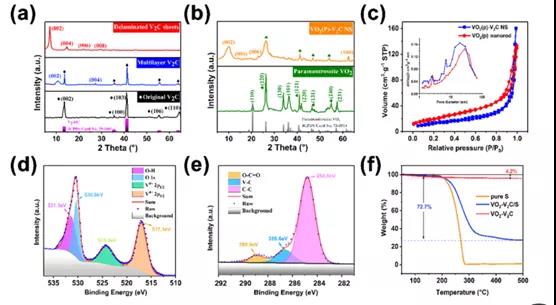
Figure 4. Physical characterization
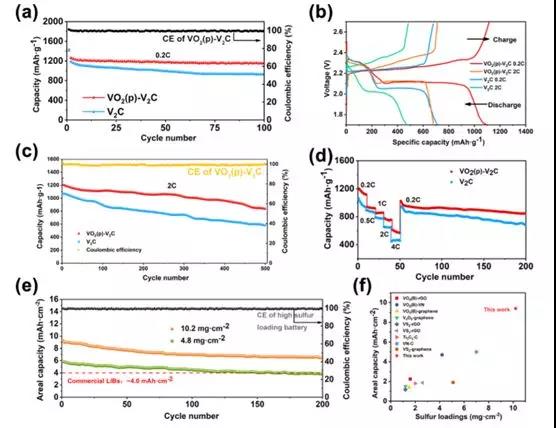
Figure 5. Electrochemical performance test of related lithium-sulfur batteries

Figure 6. Catalytic test of materials for polysulfide conversion
[Summary of this article]
In this paper, a VO2 (p) nanorod composite matrix uniformly grown on two-dimensional V2C nanosheets was synthesized by hydrothermal reaction to form a three-dimensional self-supporting grid. For host materials, vanadium dioxide nanorods effectively increase the conductivity of electrode materials and accelerate the rate of electrochemical reactions; in addition, they also catalyze the conversion of LiPSs to short-chain polysulfides Li2S and Li2S2. To a large extent, the adverse effect of the shuttle effect on the cycle stability and battery structure is suppressed. The VO2 (p) -V2C / S cathode prepared in this way has ultra-high electrochemical performance, high reversible discharge capacity, long-term cycle stability, and high sulfur-bearing cycle capacity. Studies have shown that the above-designed nanoscale two-dimensional grid structure cathode can significantly increase the load and utilization of sulfur, thereby improving the performance of lithium-sulfur batteries through strong chemical interaction with LiPSs. We believe that the composite matrix material can provide a reference for the practical application and development of high-performance lithium-sulfur batteries.
Literature link:
DOI: 10.1021 / acsami.9b15586
Source: WeChat public account MXene Frontier
- Previous: High performance MQW p
- Next: 1


 About us
About us